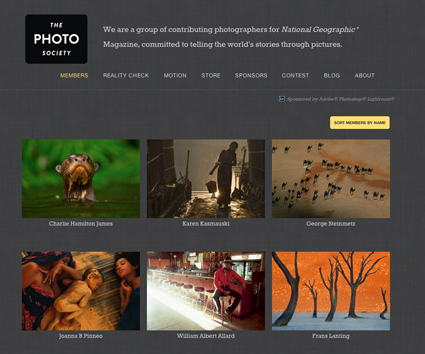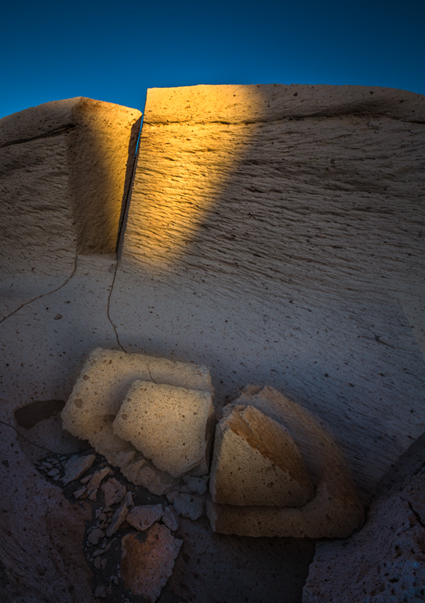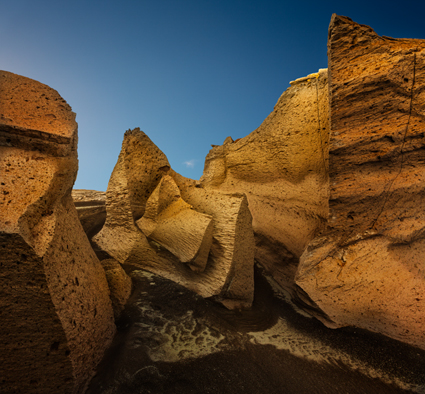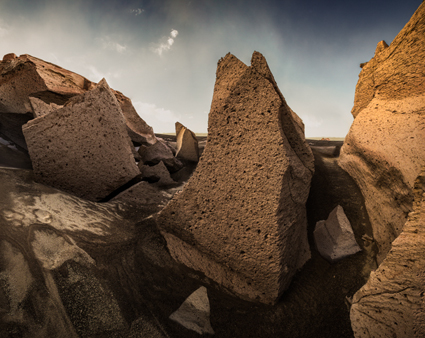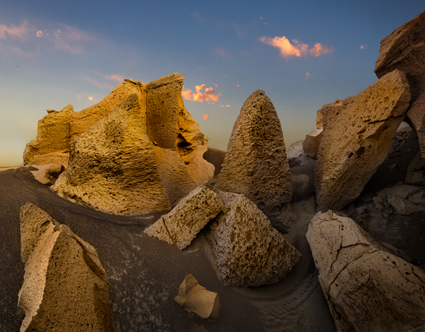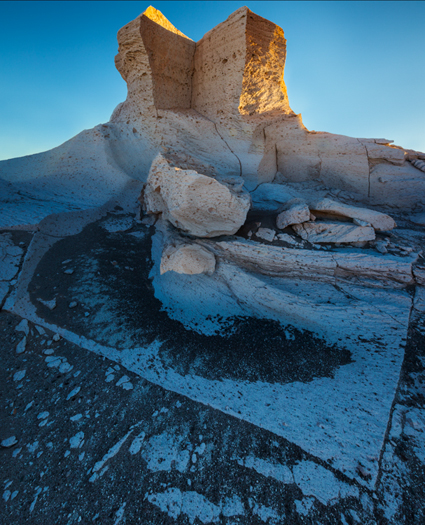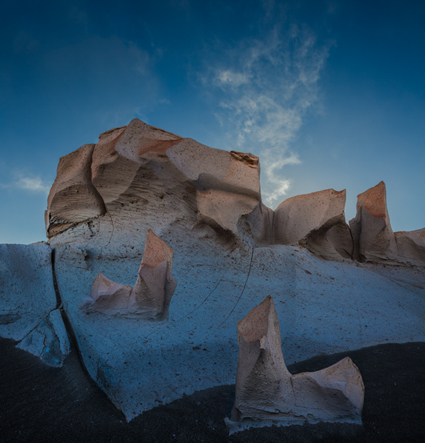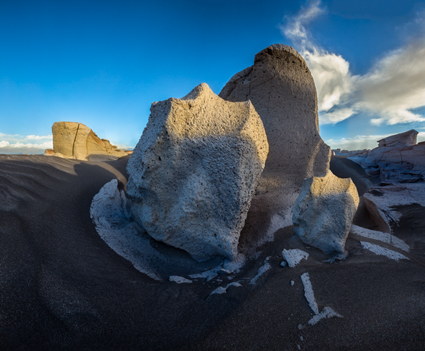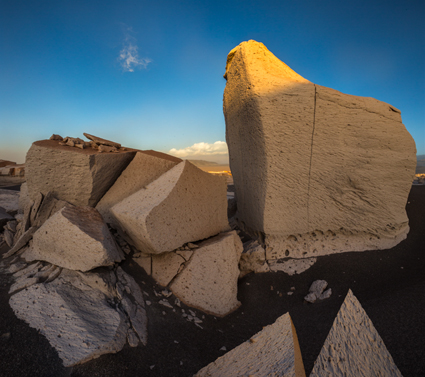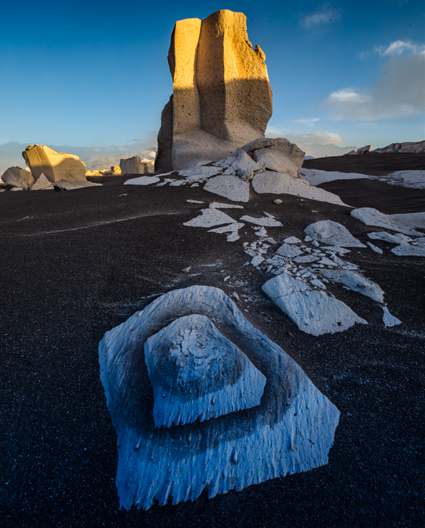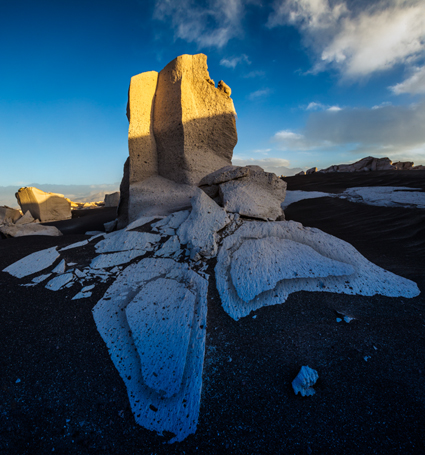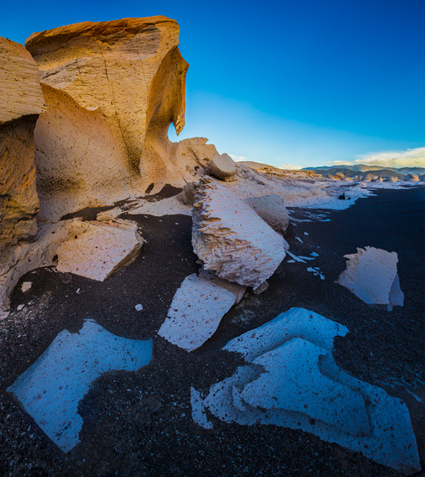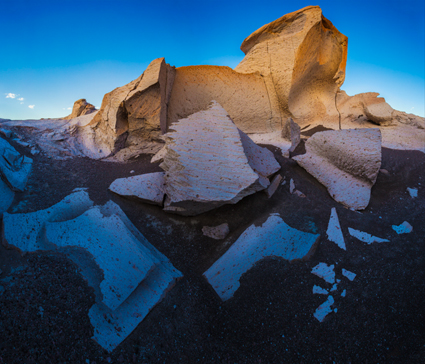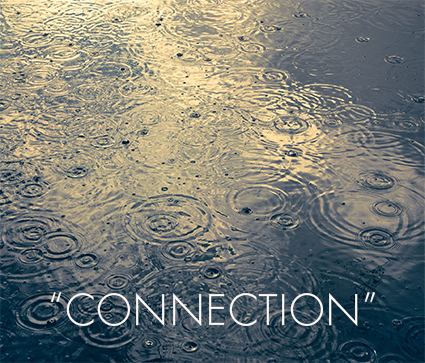
Here’s a selection of my favorite quotes on being connected.
“I’ll tell you what hermits realize. If you go off into a far, far forest and get very quiet, you’ll come to understand that you’re connected with everything.” – Alan Watts
“I see a world in the future in which we understand that all life is related to us and we treat that life with great humility and respect.” – David Suzuki
“When one tugs at a single thing in nature, he finds it attached to the rest of the world.” – John Muir
“In nature we never see anything isolated, but everything in connection with something else which is before it, beside it, under it and over it.” – Johann Wolfgang von Goethe
“All things are connected like the blood that unites us. We do not weave the web of life, we are merely a strand in it. Whatever we do to the web, we do to ourselves.” – Chief Seattle
“The same stream of life that runs through my veins night and day runs through the world and dances in rhythmic measures. It is the same life that shoots in joy through the dust of the earth in numberless blades of grass and breaks into tumultuous waves of leaves and flowers. It is the same life that is rocked in the ocean-cradle of birth and of death, in ebb and in flow. I feel my limbs are made glorious by the touch of this world of life. And my pride is from the life-throb of ages dancing in my blood this moment.” – Rabindranath Tagore
“A human being is a part of the whole, called by us, “Universe,” a part limited in time and space. He experiences himself, his thoughts and feelings as something separated from the rest — a kind of optical delusion of his consciousness. This delusion is a kind of prison for us, restricting us to our personal desires and to affection for a few persons nearest to us. Our task must be to free ourselves from this prison by widening our circle of compassion to embrace all living creatures and the whole of nature in its beauty. Nobody is able to achieve this completely, but the striving for such achievement is in itself a part of the liberation and a foundation for inner security.”- Albert Einstein
“All is connected… no one thing can change by itself.” – Paul Hawken
“The more complex the network is, the more complex its pattern of interconnections, the more resilient it will be.” – Fritjof Capra
“All ethics so far evolved rest upon a single premise: that the individual is a member of a community of interdependent parts. . . The land ethic simply enlarges the boundaries of the community to include soils, waters, plants, and animals, or collectively: the land.” – Aldo Leopold
“The whole idea of compassion is based on a keen awareness of the interdependence of all these living beings, which are all part of one another, and all involved in one another.” – Thomas Merton
“Eventually everything connects – people, ideas, objects. The quality of the connections is the key to quality per se.” – Charles Eames
“I am a part of all that I have met.” – Lord Tennyson
“A thousand fibers connect us with our fellow men. Our actions run as causes, and they come back to us as effects.” – Herman Melville
“I am saddened by how people treat one another and how we are so shut off from one another and how we judge one another, when the truth is, we are all one connected thing.” – Ellen DeGeneres
“The reality today is that we are all interdependent and have to co-exist on this small planet. Therefore, the only sensible and intelligent way of resolving differences and clashes of interests, whether between individuals or nations, is through dialogue.” – Tenzin Gyatso, 14th Dalai Lama
“We humans are social beings. We come into the world as the result of others’ actions. We survive here in dependence on others. Whether we like it or not, there is hardly a moment of our lives when we do not benefit from others’ activities. For this reason it is hardly surprising that most of our happiness arises in the context of our relationships with others.” – Tenzin Gyatso, 14th Dalai Lama
“We cannot live only for ourselves. A thousand fibers connect us with our fellow men; and among those fibers, as sympathetic threads, our actions run as causes, and they come back to us as effects.” — Herman Melville
“Relationships are all there is. Everything in the universe only exists because it is in relationship to everything else. Nothing exists in isolation. We have to stop pretending we are individuals that can go it alone. ” – Margaret J. Wheatley
“Since you cannot do good to all, you are to pay special attention to those who, by the accidents of time, or place, or circumstances, are brought into closer connection with you.” – Augustine of Hippo
“We are members one of another; so that you cannot injure or help your neighbor without injuring or helping yourself.” – George Bernard Shaw
“Whatever affects one directly, affects all indirectly. I can never be what I ought to be until you are what you ought to be. This is the interrelated structure of reality.” – Martin Luther King, Jr
“Healing yourself is connected with healing others.” – Yoko Ono
“There are two questions that we have to ask ourselves. The first is ‘Where am I going?’ and the second is ‘Who will go with me?’” – Howard Thurman
“In everybody’s life, at some time, our inner fire goes out. It is then burst into flame by an encounter with another human being. We should all be thankful for those people who rekindle the inner fire.” – Albert Schweitzer
“Maybe we are not here to see each other but to see each other through.” – Anonymous
“There is no power for change greater than a community discovering what it cares about.” – Margaret J. Wheatley
Discover more Creativity Quotes here.
Read more quotes daily on Twitter and Facebook.


